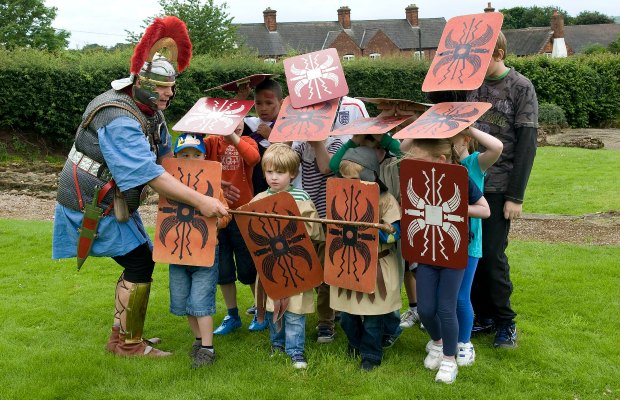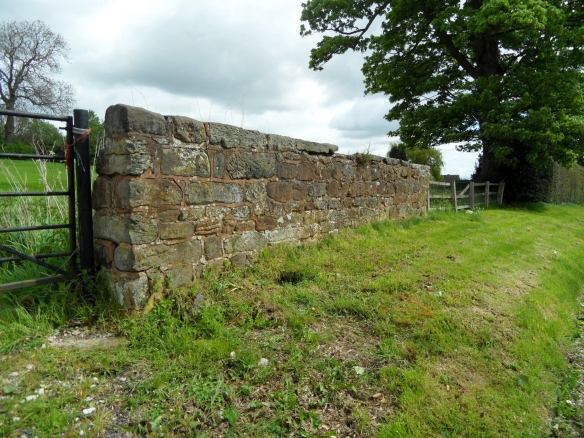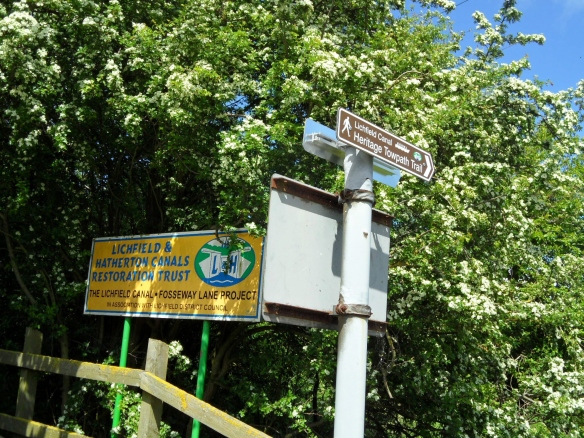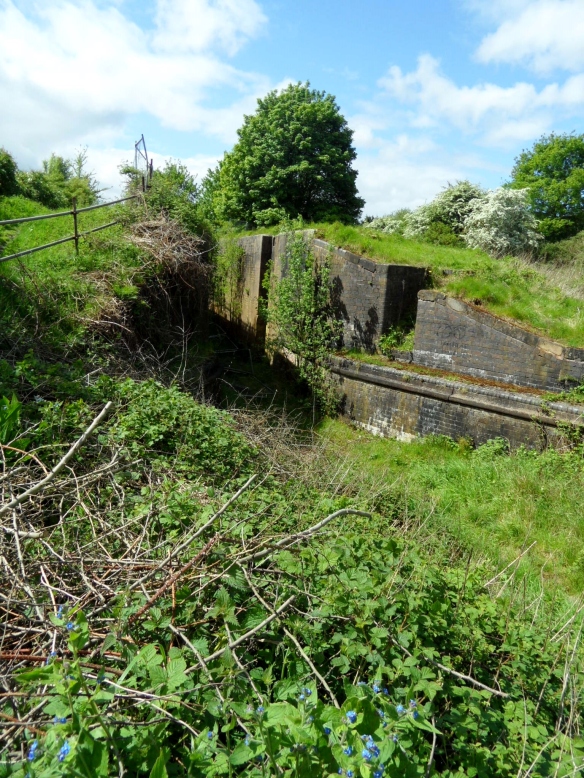Although the waters at the Roman Baths in Bath were once known for their healing powers (the mythological Prince Bladud and his pigs are said to have been cured of leprosy after wallowing here in 863 BC), the water is now considered unsafe and is strictly off limits. This didn’t bother me in the slightest as I’d much rather be issued with an audio guide with commentary from Dr Alice Roberts than a fluffy white bathrobe.
The great bath is fed by a hot spring rising here at the rate of 1,170,000 litres a day and a temperature of 46 degrees Celsius. For our ancestors, the warm water gushing from the ground was the work of the gods. Even though I know the cause to be natural rather than supernatural, there was still something magical about watching vapour swirling up out of the bubbling, green-hued water into a torchlit, grey November afternoon. And it seems I’m not the only one the place has that kind of effect on. When the Romans arrived, the local goddess Sulis was already being worshipped here so they named the place after her, and built a new temple honouring both her and her Roman counterpart Minerva alongside the sacred spring.
Alongside the curing, a fair bit of cursing went on. One hundred and thirty prayers inscribed on sheets of lead or pewter were thrown into the spring between 200 and 400 AD. Many invoke the help of Sulis Minerva in seeking justice and revenge for heinous crimes such as the theft of a bathing tunic or gloves. The majority are in vernacular Latin, but one as yet untranslatable text is thought to be the only surviving example of an ancient British language. I quite like the thought that the only physical trace of something spoken thousands of years ago was not left by kings or queens but by one of the plebs like us, most likely complaining that their swimming costume had been nicked.
In 1727, the gilt bronze head of a statue of Sulis Minerva was discovered yet it’s not the face of the goddess which has become the symbol of Roman Bath but the face of the ‘gorgon’ found on the pediment outside her temple. And I have the fridge magnet to prove it. Re-discovered in 1790, and debated ever since, the ‘gorgon’s head’ is surrounded by a sea of symbolism including Tritons, a dolphin head shaped helmet, a star, an owl and two Victories. The ‘gorgon’ interpretation derives from the association of Minerva with Medusa and the supposed presence of a couple of snakes in the beard. Yes this ‘gorgon’ has a beard, which highlights the main problem with this explanation – gorgons are female whereas this is obviously the face of a man. It might be another example of the Romans combining a local god with of their own e.g. a classical gorgon and a British water god or could perhaps even be Neptune or Oceanus.

The so-called gorgon at Bath. I’m not convinced. But then I dropped Latin in the third year, so what do I know?
Other more easily identifiable gods found here include Jupiter and Bacchus whose images once formed part of the great altar where sacrifices were made. Post-sacrifice, the entrails of the animal were consulted by a haruspex (literal translation: gut-gazer) and we know there was one here in Aquae Sulis because the inscription on this stone reads ‘To the goddess Sul, Lucius Marcus, a grateful Haruspex, donated out of his devotion’. This is the only evidence we have of a priest in Britain who practised divination in this way, so it’s something of a rarity. It has been suggested that whoever carved the stone wasn’t all that competent, originally missing out the ‘O’ from ‘Memor’ and also having to squeeze the letters ‘VSP’ after ‘the abbreviation HAR’. You’d think Lucius might have forseen these problems in the intestines.
Hopefully, all this talk of Romans at Bath will have whetted your appetite for something a little closer to home but just as exciting. Not only does our Roman site at Wall have carvings every bit as mysterious as those at Bath, evidence of Christianity in the area prior to St Chad’s arrival (in the form of bronze bowl with a Chi-Rho symbol which you can see and read about here) and even rumours of our own statue of Minerva said to have been as big as a man, but not a man as it had a bust but also not a woman because it was wearing a soldier’s helmet. Unfortunately, it was used to fix a drain. If it ever existed in the first place that is.

This may represent a skull in a niche a la Roquepertuse or it may be another local god. We just don’t know but it is fun speculating.
You can access the site of Letocetum all year round during daylight hours and the museum is open 11am to 4pm the last weekend of every month plus Bank Holidays between March and October. This Winter, the Friends of Letocetum have arranged a series of talks at Wall Village Hall starting on Wednesday 9th December with Dr Mike Hodder who will be talking about his own personal experiences as an archaeologist at Wall.
Further details of this and all other upcoming talks and events plus lots of other information about Letocetum can be found here on the website or there is a Facebook page here and you can follow @FndsofLetocetum on Twitter.
For anyone who would like to see the Gorgon’s Head but isn’t able to get to Bath, it will be coming to a lampost in Leomansley shortly along with a wobbly lobster. Details on request. And should anyone pinch it, I’ve got a curse ready.
































